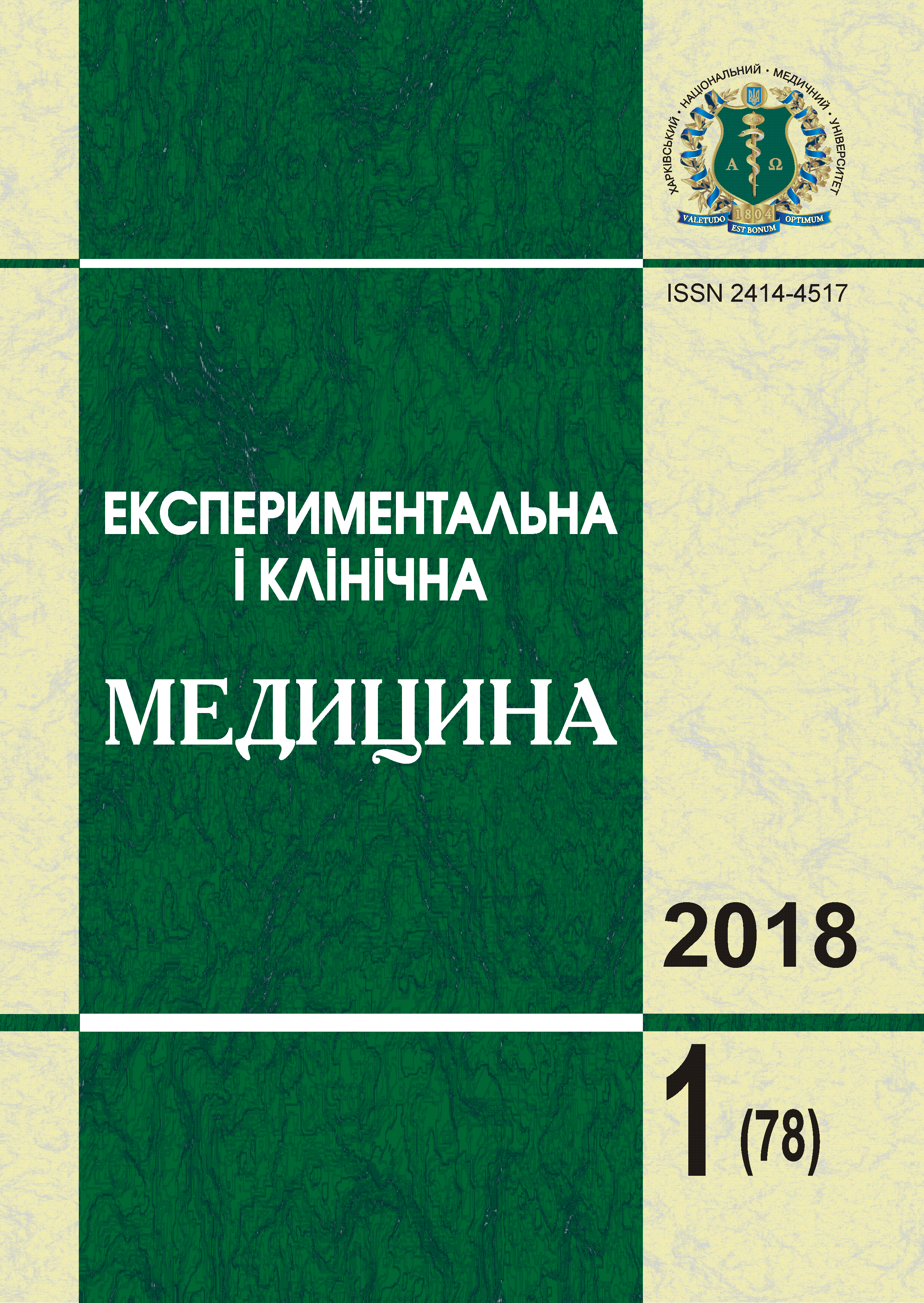Abstract
We studied on 8 rabbits, males, aging three-month of the morpho-functional changes of the pulp tissues with modeling of pulp amputation with TS preparation. Manifestations of protective adaptive mechanisms have been revealed in the form of inflammatory process with its resolution six weeks after performing of pulp amputation with Tricalcium Silicate (Biodentine) with replacement of necrotic area by connective tissue with their delimitation from viable pulp tissue against a background of intensive neoplasm of capillaries. Thus it can be argued that the use of TS as a material for pulp amputation promotes more active regeneration processes.References
Jafari F., Jafari S., Etesamnia P. (2017). Genotoxicity, bioactivity and clinical properties of calcium silicate based sealers. A Literature Review. Iran Endod J. Fall; 12 (4): 407–413. DOI: 10.22037/iej.v12i4.17623.
Camilleri J., Sorrentino F., Damidot D. (2013). Investigation of the hydration and bioactivity of radiopacified tricalcium silicate cement, Biodentine and MTA Angelus. Dent Mater. May; 29 (5): 580–593. DOI: 10.1016/j.dental.2013.03.007. Epub 2013 Mar 26.
Kayahan M.B., Nekoofar M.H., McCann A., Sunay H., Kaptan R.F., Meraji N., Dummer P.M. (2013). Effect of acid etching procedures on the compressive strength of 4 calcium silicate-basedendodontic cements. J Endod. Dec; 39 (12): 1646–1648. DOI: 10.1016/j.joen.2013.09.008. Epub 2013 Oct 15.
Malkondu O., Karapinar Kazandag M., Kazazoglu E. (2014). A review on biodentine, a contemporary dentine replacement and repair material. Biomed Res Int. 2014: 160951. DOI: 10.1155/2014/160951. Epub 2014 Jun 16.
Scelza M.Z., Nascimento J.C., Silva L.E.D., Gameiro V.S., DE Deus G., Alves G. (2017). BiodentineTM is cytocompatible with human primary osteoblasts. Braz Oral Res. Sep.; 28; 31:e81. doi: 10.1590/1807-3107BOR-2017.vol31.0081.
Bogen G., Chandler N. (2010). Pulp preservation in immature permanent teeth. Endod Topics. 23 (1): 131–152. DOI.org/10.1111/j.1601-1546.2012.00286.x
Laurent P., Camps J., About I. (2012). Biodentine (TM) induces TGF-β1 release from human pulp cells and early dental pulp mineralization. Int Endod J. 45 (5): 439–448. DOI.org/10.1111/j.1365-2591.2011.01995.x
Zhang S., Yang X., Fan M. (2013). BioAggregate and iRoot BP Plus optimize the proliferation and mineralization ability of human dental pulp cells. Int Endod J. 46 (10): 923–929.
Stefaneli Marques J.H., Silva-Sousa Y.T.C, Rached-Junior F.J.A., Macedo L.M.D., Mazzi-Chaves J.F., Camilleri J., Sousa-Neto M.D. (2018). Push-out bond strength of different tricalcium silicate-based filling materials to root dentin. Braz Oral Res. Mar.; 8; 32: e18. DOI: 10.1590/1807-3107bor-2018.vol32.0018.
Avwioro G. (2011). Histochemical Uses Of Haematoxylin – A Review. JPCS. 1: 24–34.
